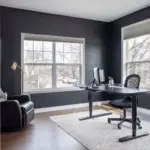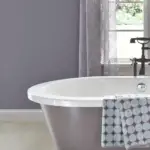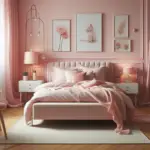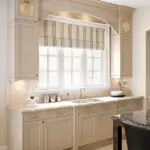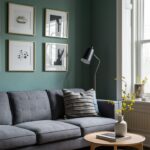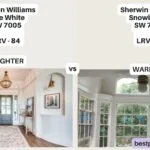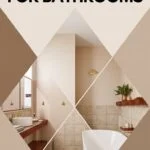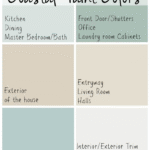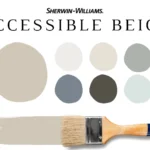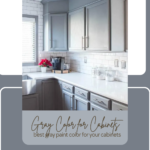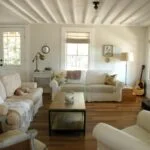Smaller homes and compact living spaces are becoming increasingly popular, with many people embracing the trend for downsized living. Tiny homes, urban apartments, and cozy cottages are charming, but the challenge lies in making these spaces feel open and inviting.
If you’ve ever wondered, “What paint colors can make a room look bigger?” you’re not alone. The right paint colors, combined with thoughtful design, can create the illusion of spaciousness, even in the smallest of rooms. Let’s explore how you can use paint to transform your living space into an airy and comfortable haven.
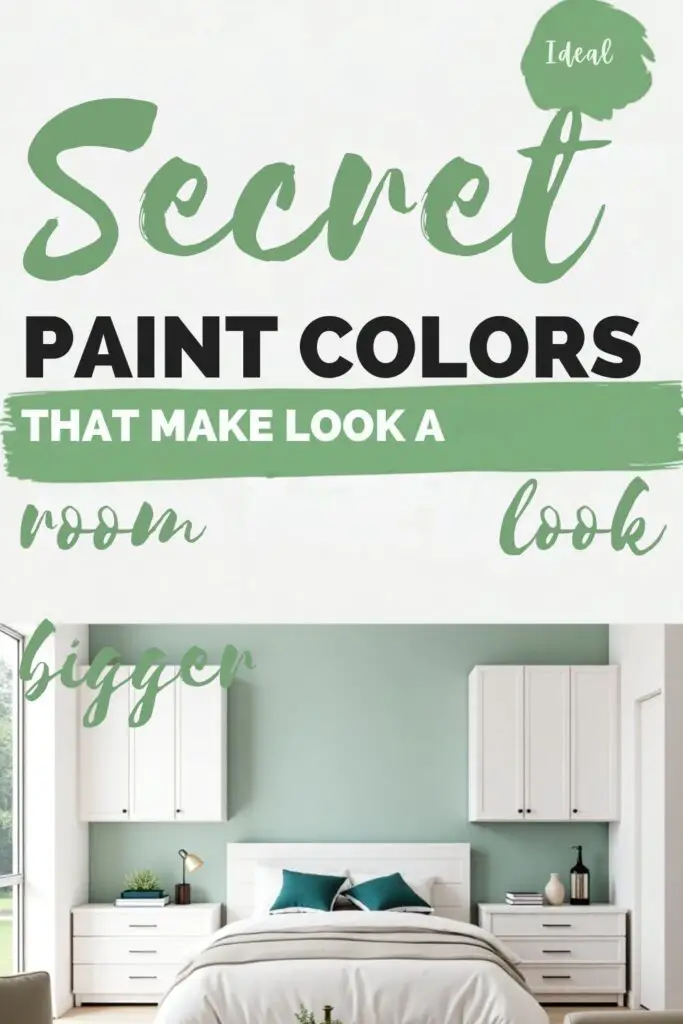
The Role of Paint in Expanding a Space
Paint has the magical ability to reflect light and create visual continuity, which can make a room feel larger. While no paint can physically enlarge a room, strategic choices in color and finish can trick the eye into perceiving more space. Light neutrals like white, beige, and gray are excellent options for this purpose, but brighter colors, such as soft greens, blues, and yellows, can also have a space-enhancing effect.
By understanding how light interacts with paint and following a few design tips, you can turn even the coziest nook into a bright and welcoming retreat.
Questions to Guide Your Paint Selection
Before diving into paint samples, consider these critical factors:

Pro Grade Paint Roller Kit, Brush & Roller for Professionals & Homeowners
Perfect for smooth finishes on your interior walls. Ideal for home improvement enthusiasts!
Buy Now on Amazon1. How Much Light Does the Room Get?
The amount of natural light in a room plays a significant role in determining the best paint color.
- Sun-Filled Rooms: If your room has ample windows and gets plenty of sunlight, it can handle a broader range of colors, from crisp whites to deeper tones. The natural light will bounce off the walls, making the room feel airy.
- Shaded or South-Facing Rooms: Rooms with limited sunlight can feel cold. Warm-toned neutrals like ivory, cream, or beige can counteract this effect, creating a cozy yet open atmosphere.
- Dark or Windowless Spaces: Basements, hallways, and under-stair spaces often lack natural light. To brighten these areas, use light, warm tones combined with strategic artificial lighting. Mirrors can also amplify light and add depth to dark spaces.
2. What Mood Do You Want to Create?
Your choice of paint should align with the room’s intended purpose and atmosphere.
- Functional Spaces: Crisp whites or soft grays are perfect for kitchens, bathrooms, and laundry rooms, where cleanliness and functionality are key.
- Cozy Corners: For a snug reading nook or bedroom, warm neutrals or pastel shades like lavender and blush pink can add a sense of comfort.
- Luxurious Retreats: If you’re aiming for a glamorous look, consider bold yet bright shades like teal or gold-toned neutrals that pair well with metallic accents.
Best Paint Colors to Make a Room Look Bigger
Here are some top designer-recommended colors to maximize light and space:
1. White
White is the ultimate choice for creating an illusion of spaciousness. It reflects the most light, making it perfect for small bathrooms, kitchens, or living areas. For a contemporary look, pair white walls with minimalist furniture and metallic accents.
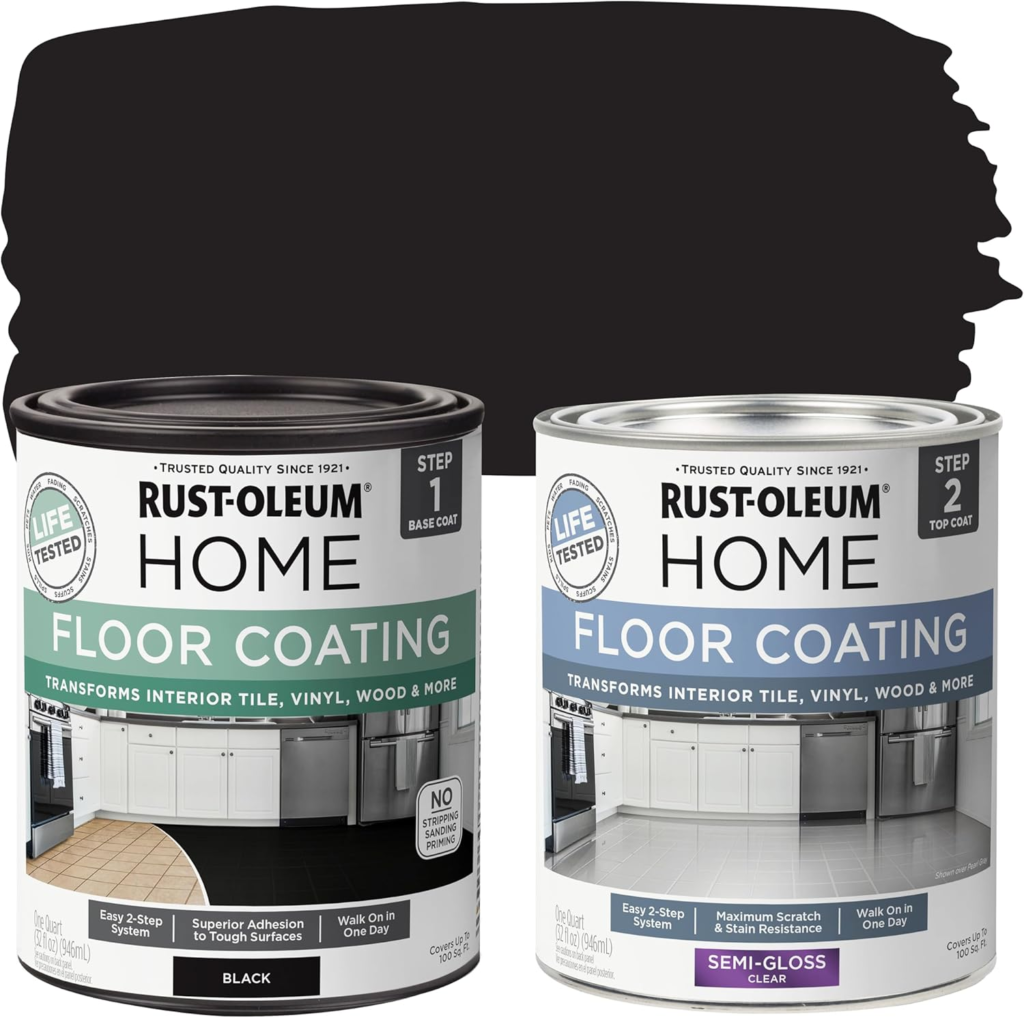
Rust-Oleum 367605 Home Interior Floor Coating Kit, Semi-Gloss Black
Ideal for updating outdated flooring at a fraction of the cost of replacement and adheres without stripping, sanding or priming.
Buy Now on Amazon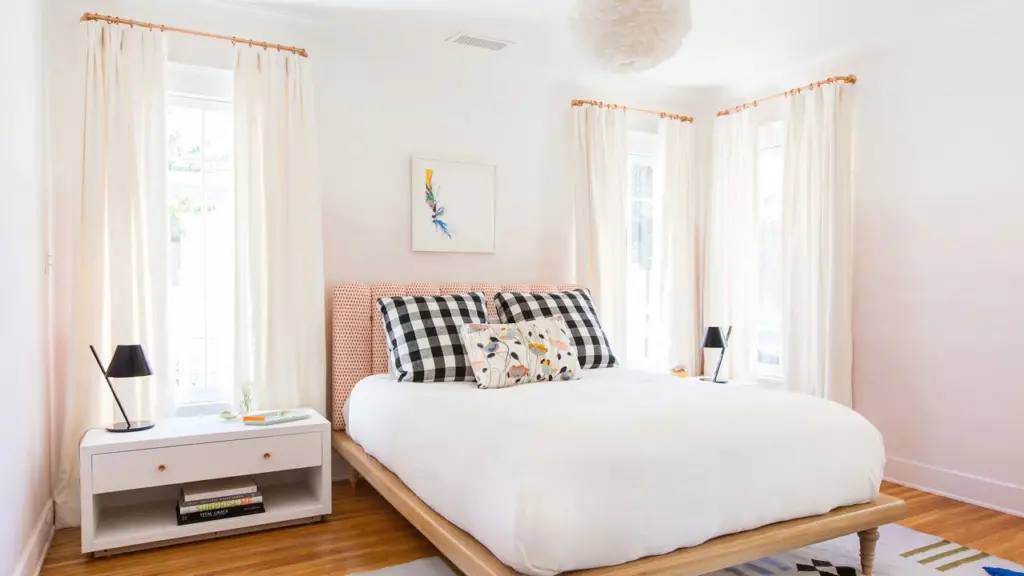
- Top White Paints:
- Polar Bear by Behr
- Extra White by Sherwin-Williams
- All White by Farrow & Ball
2. Off-White and Cream
Off-white shades with warm undertones add softness and prevent a room from feeling sterile. These colors work beautifully under artificial lighting and can serve as a neutral backdrop for vibrant décor.
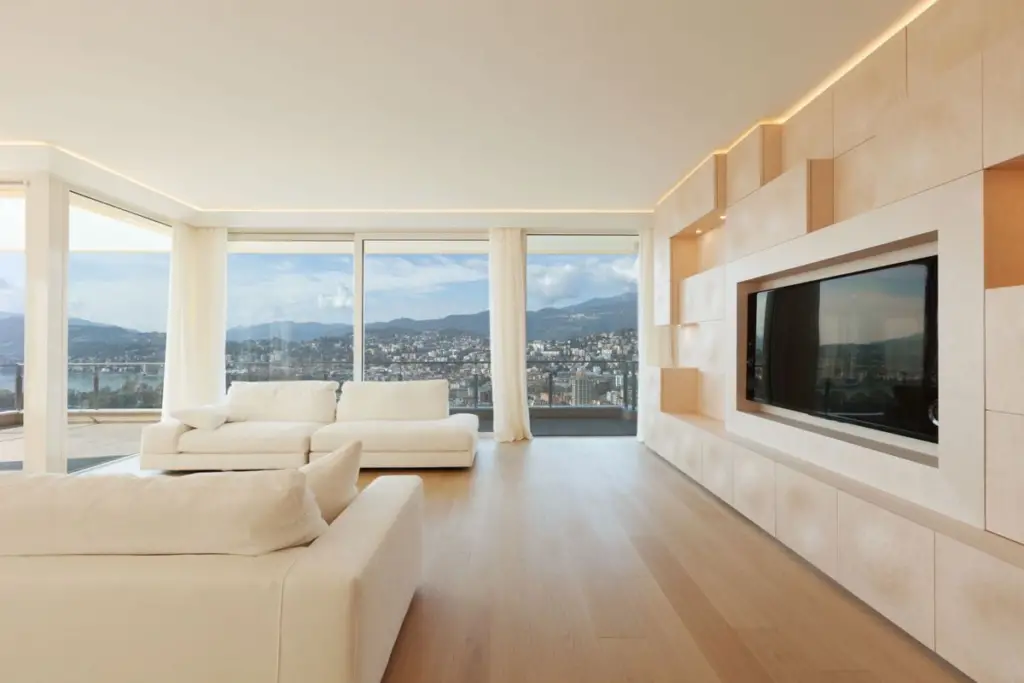
- Best Off-Whites:
- White Dove by Benjamin Moore
- Marshmallow by Sherwin-Williams
3. Greige (Gray + Beige)
Greige is a versatile color that combines the sophistication of gray with the warmth of beige. It works particularly well in coastal and rustic interiors.
- Popular Greige Options:
- Neutral Territory by Clare
- Rustic Greige by Dutch Boy
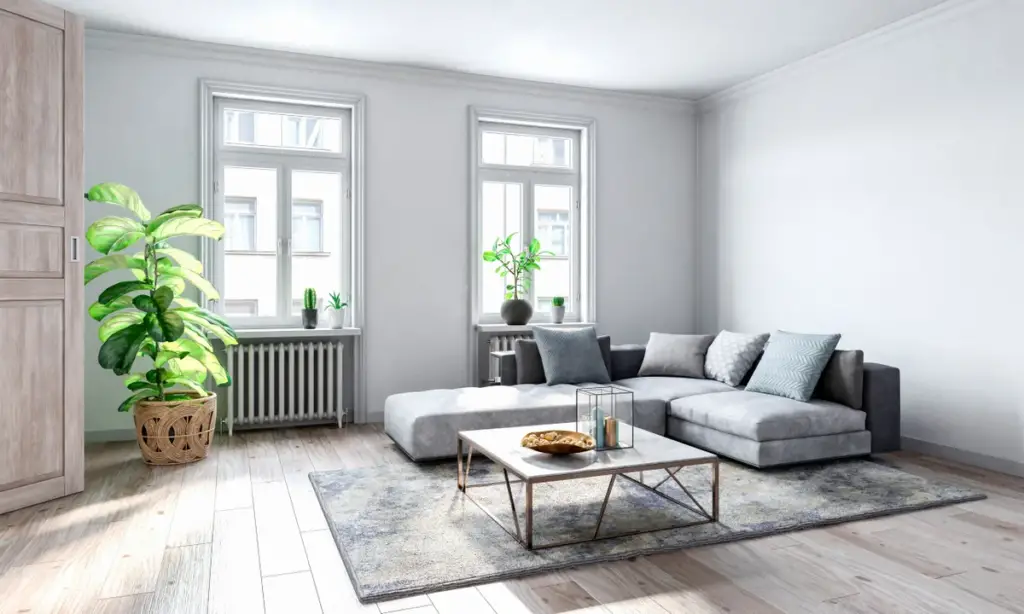
4. Light Gray
Gray remains a timeless favorite for its calming and elegant appeal. Opt for warm-toned grays to avoid a cold or stark feel.
- Top Gray Paints:
- Gray Owl by Benjamin Moore
- Smooth Stone by Glidden
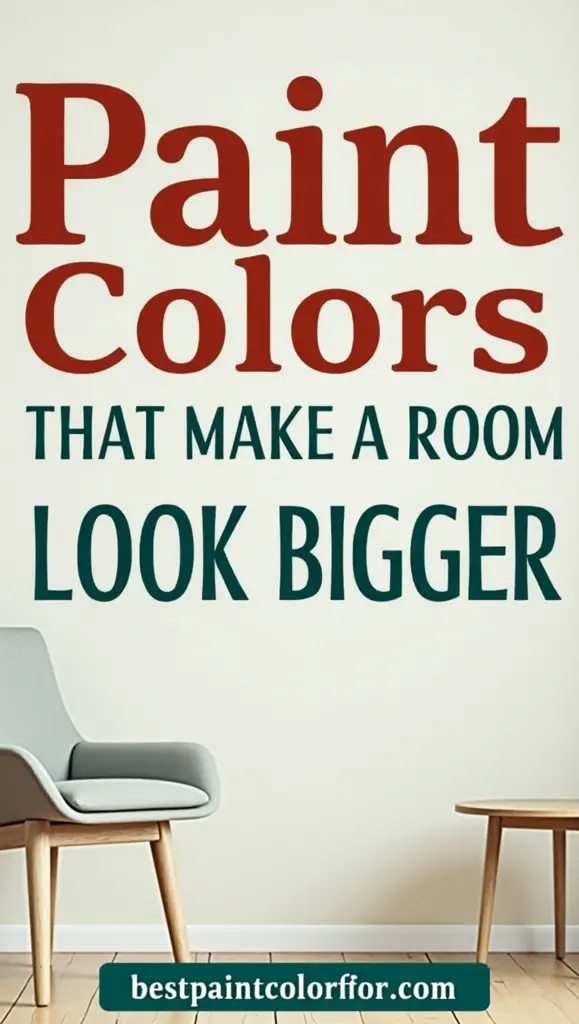
Bright and Light Colors That Enhance Space
While neutrals are safe bets, brighter colors can also work wonders in small rooms, especially when they have high light reflectivity values (LRVs).
5. Green
Green is a fresh and versatile choice. From soft sage to vibrant teal, green connects indoor spaces with nature, creating a seamless flow between the indoors and outdoors.
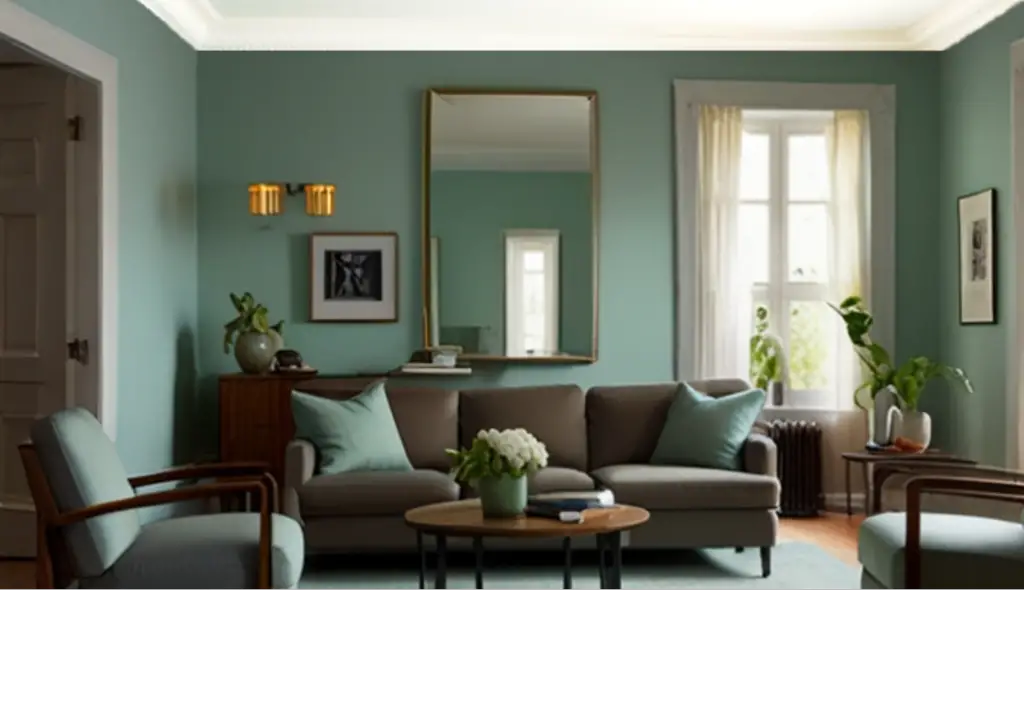
- Recommended Greens:
- Winchester Sage by Benjamin Moore
- Pewter Green by Sherwin-Williams
6. Lavender and Lilac
These delicate purples add a touch of elegance and brightness, especially in bedrooms or children’s play areas. Lavender creates a serene atmosphere while reflecting light beautifully.
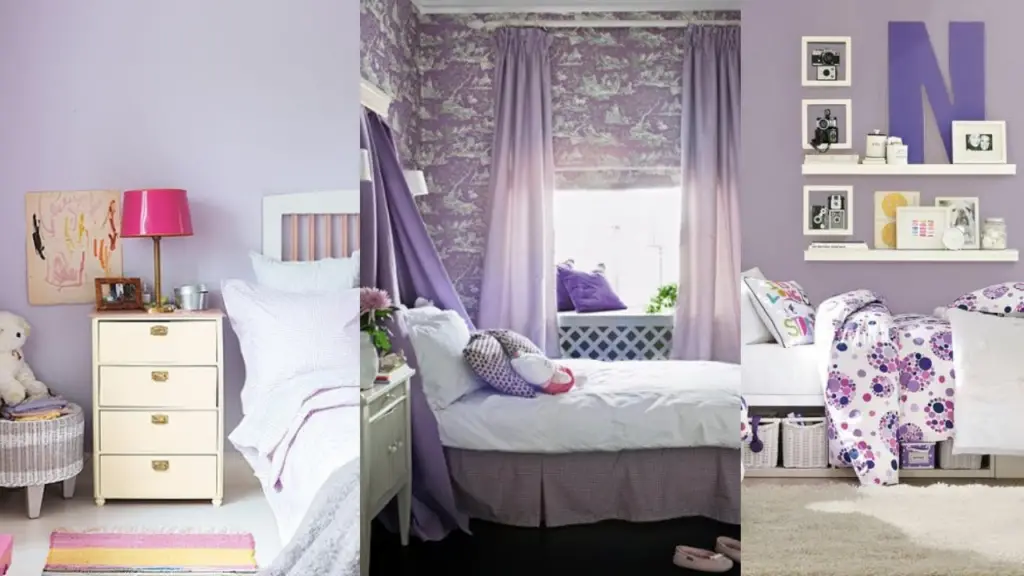
- Beautiful Lavenders:
- Tranquil Sea by Dunn-Edwards
- Peignoir by Farrow & Ball
7. Blush Pink
Soft pinks like blush and dusty rose are both trendy and timeless. They work well in bedrooms, nurseries, or as accent walls in living spaces.
- Best Blush Pinks:
- Meet Cute by Clare
- Setting Plaster by Farrow & Ball

8. Yellow
Yellow is a cheerful color that instantly brightens a room. Pale yellows can mimic natural sunlight, making them perfect for dimly lit spaces.

- Top Yellows:
- Golden Hour by Clare
- Dorset Cream by Farrow & Ball
9. Blue
From pale sky blue to robin’s egg, blue shades create a tranquil and airy vibe, making them ideal for bathrooms, bedrooms, and coastal-inspired spaces.
- Gorgeous Blues:
- Gray Cashmere by Benjamin Moore
- Watery by Sherwin-Williams

Tips for Using Paint to Maximize Space
- Opt for Light Finishes: Eggshell or semi-gloss finishes reflect more light than matte, further enhancing the sense of openness.
- Paint the Ceiling: Use a lighter shade on the ceiling to draw the eye upward and make the room feel taller.
- Avoid High Contrast: Match the trim, floor, and ceiling colors with the walls to create a seamless look.
- Color Drenching: Paint walls, trim, and ceilings in the same or similar shades to blur architectural boundaries.
Final Thoughts
Choosing the right paint color can transform your home, making even the tiniest room feel expansive and inviting. Whether you prefer crisp whites, warm neutrals, or cheerful pastels, the key is to consider light, mood, and your personal style.
By following these tips and exploring the recommended colors, you’ll create a bright and welcoming space that feels much larger than it truly is.





